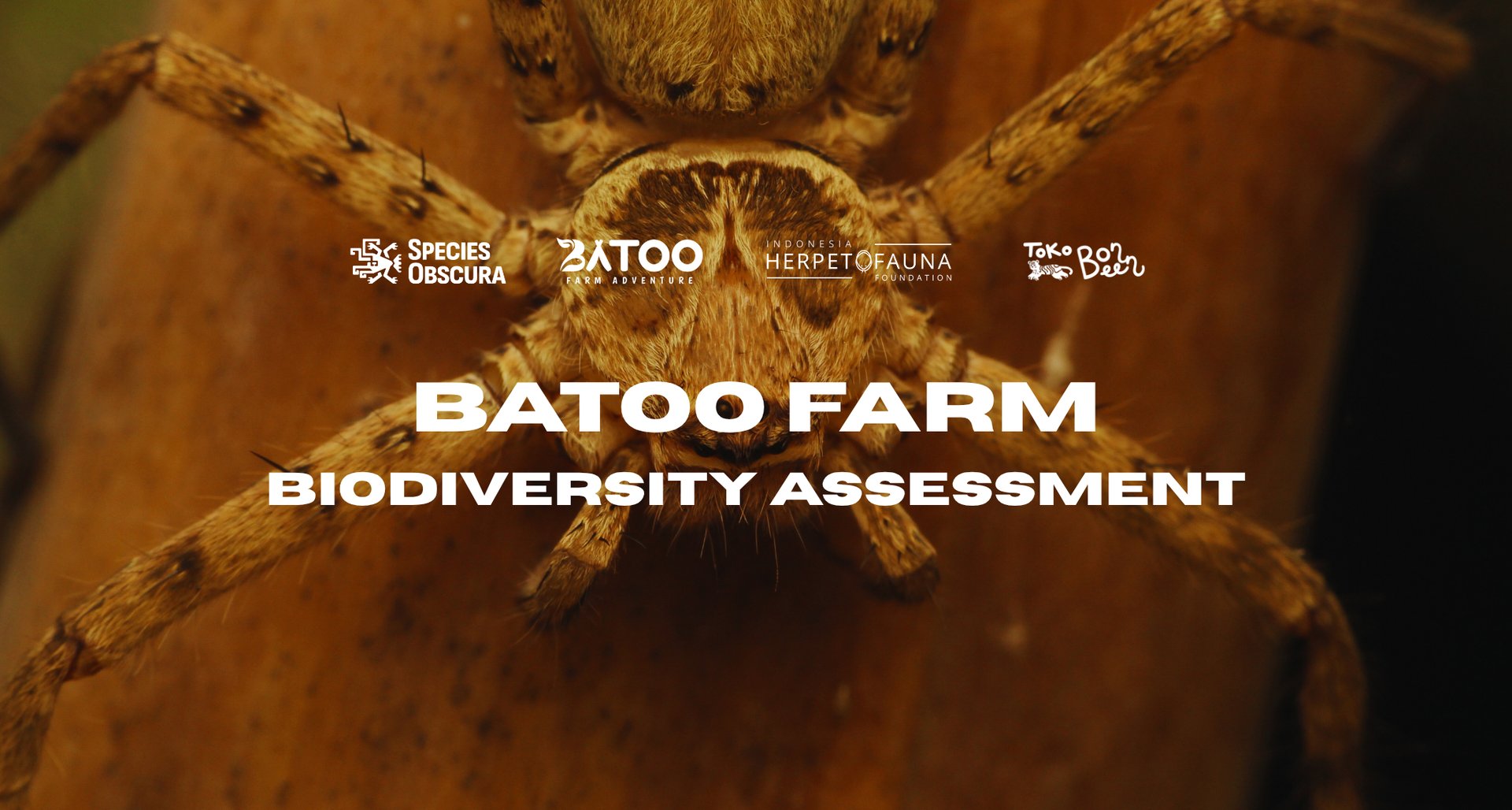
RIVER CISADANE
19-21 September 2025
Expert team:
Ahmad Restu Dwikelana, Alwan Syah, Daniel Lumbantobing,
Naufal Urfi Dhiya’ulhaq, Risma Aprilianti
For most animals, living at Jakarta’s populous margins is often a harsh predicament: extreme heat, pollutants and pesticides sicken their bodies, and the mere act of crossing the road is often fatal. Concrete and plastics have long superseded natural vegetation and waterways that these species call home.
Yet, pockets of open rural lands remain around Jakarta and other nearby cities. Within Batoo Farm in Bogor for instance, lie secondary forests, organic farmlands and small creeks, in substantial expanses. These places, which we call peri-urban ecosystems, offer refuge to many marginalized animals and moments of learning for humans who ventured inside.
Some of the more delicate species can be found here. Kneel at the creek banks at night, and one might find fireflies blinking their subtle lights, beckoning their mates to come.
Life at the edge of the metropolis
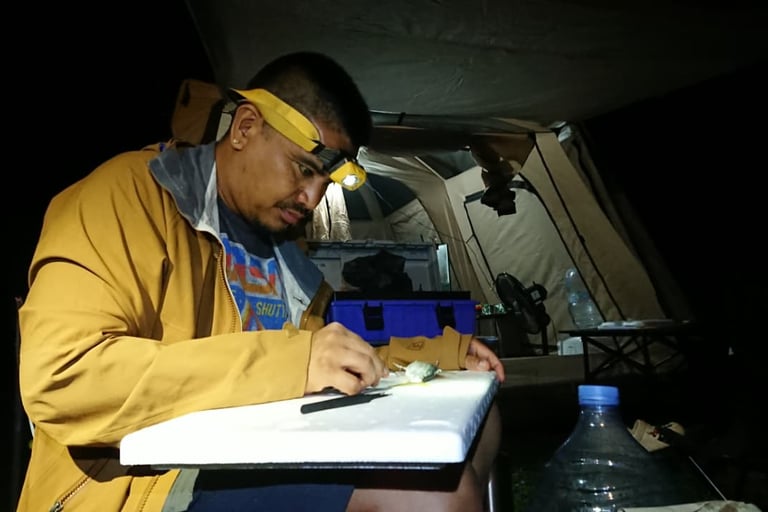

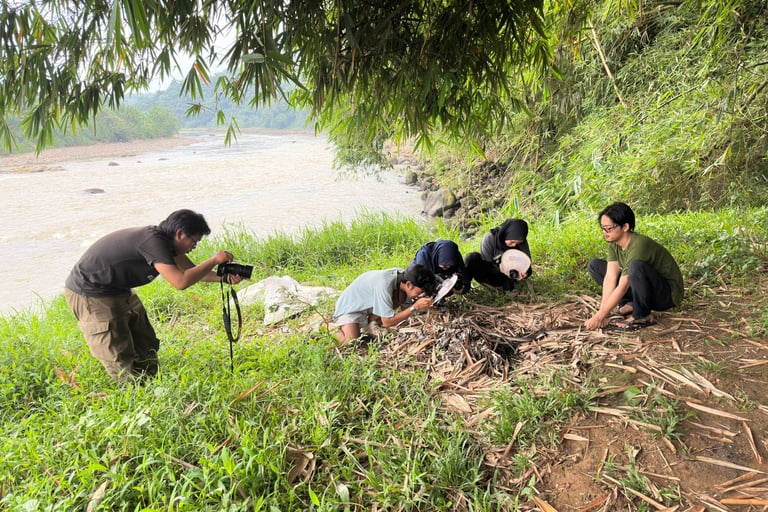

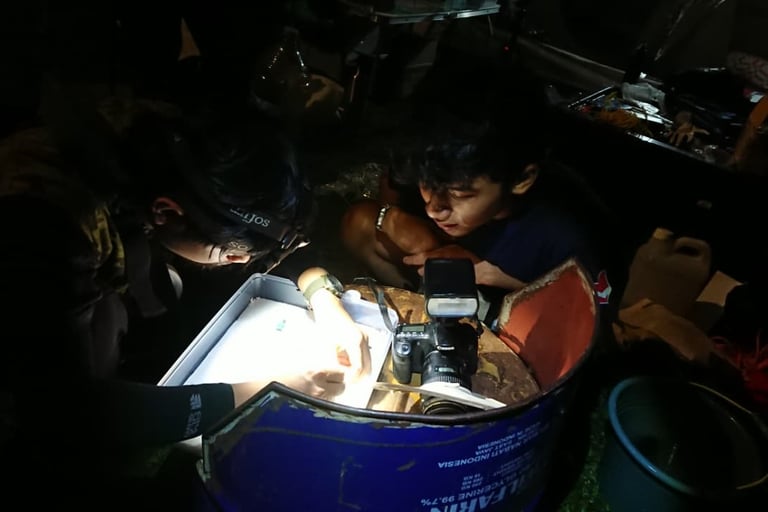

River Cisadane is a river that cleaves through Bogor and Tangerang, and its estuary once harbored Tomé Pires during his tour in Java. On the lowlands, the river is brown from sediments upstream. A 5th-century stone inscription and Batoo’s campgrounds are situated next to this historied river. Virtually all rivers across Java are now beset by invasive exotic species. Despite this, native fishes remain in Cisadane, signaling hope that it remains a critical habitat for some of Java’s endemic aquatic species.
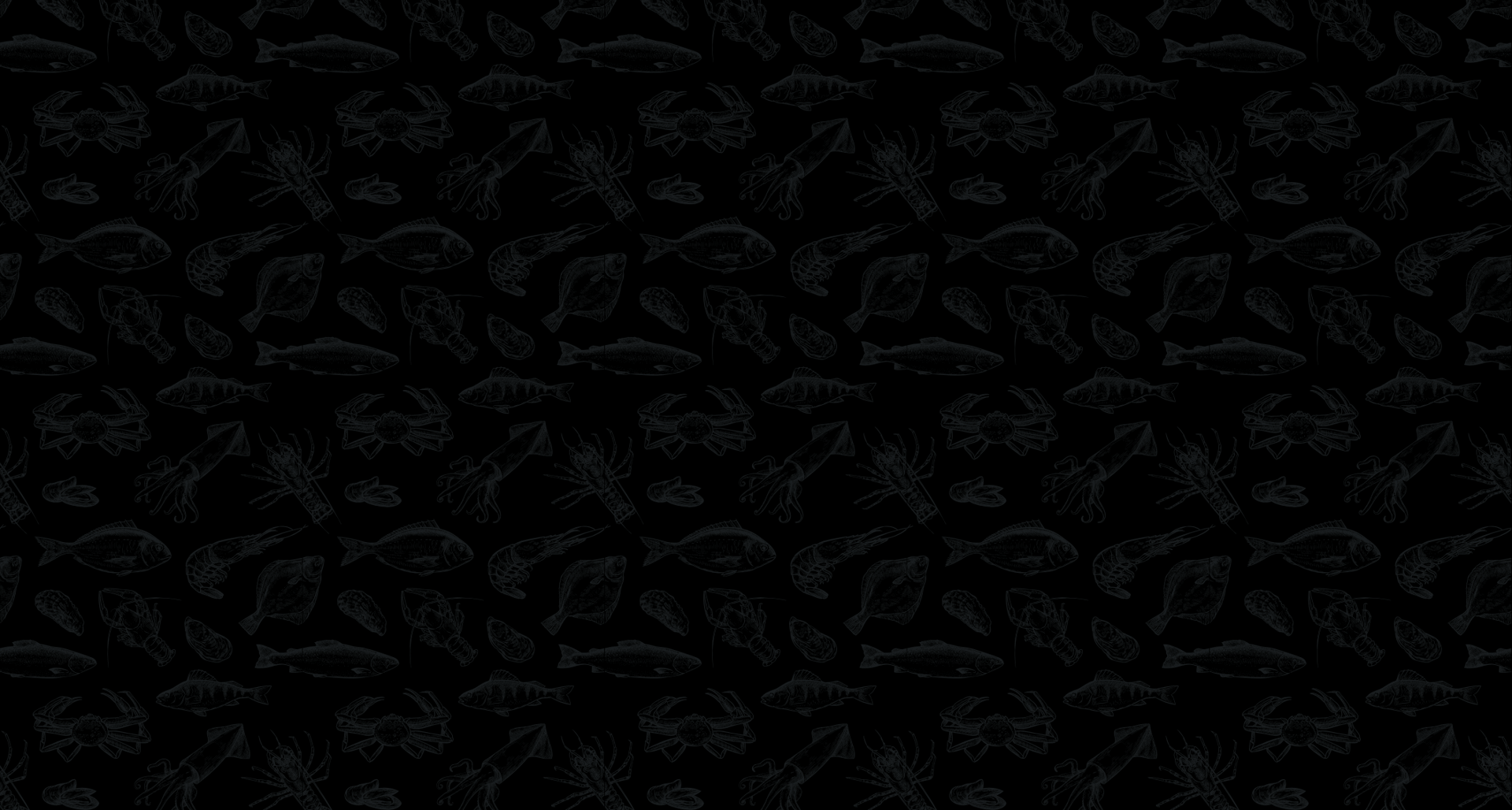
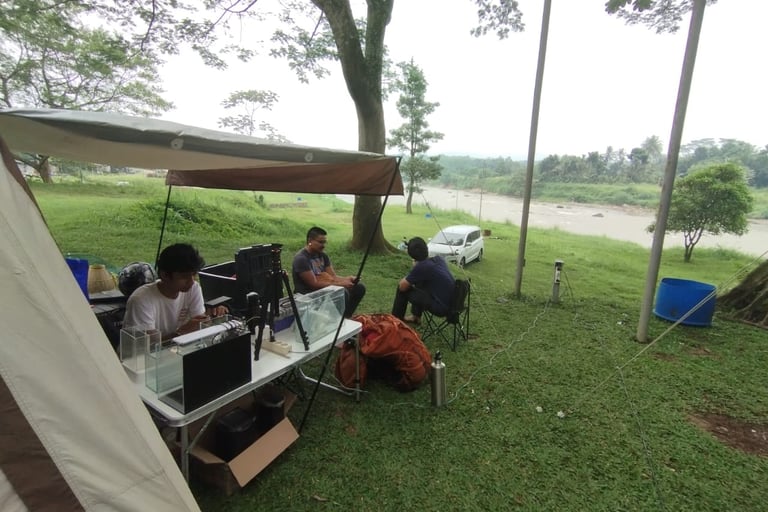

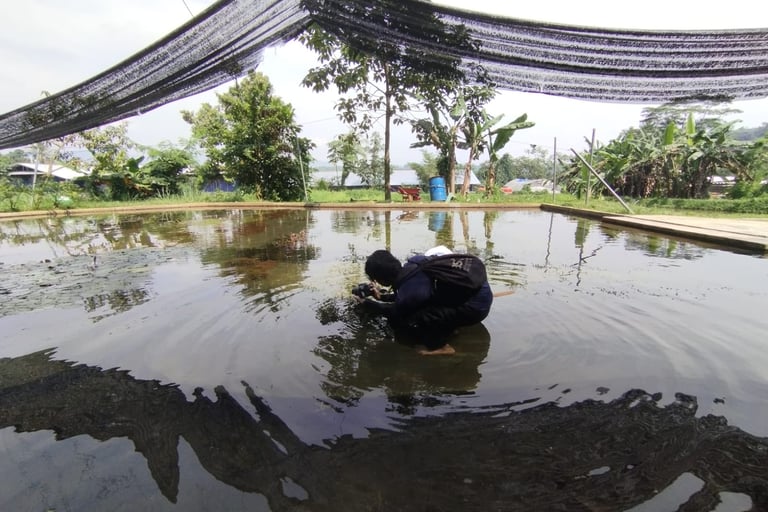

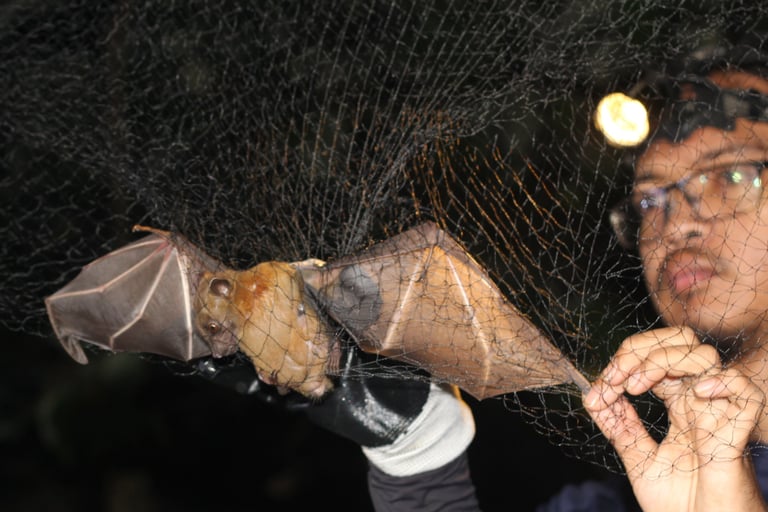

Selected taxa were assessed on 19th to 21st September in 2025, including land arthropods, fishes, mollusks, crustaceans, herpetofauna, and small mammals. Below are the highlights of our biodiversity inventory:
Biodiversity in Batoo: highlights
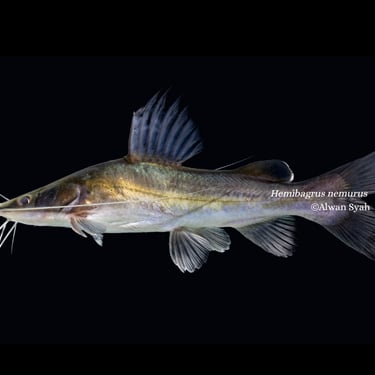
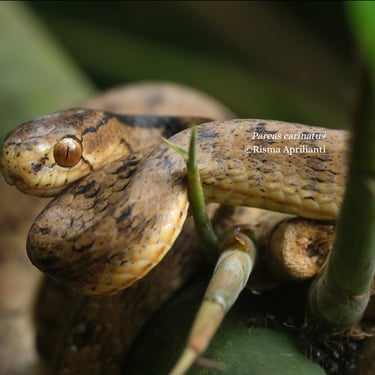
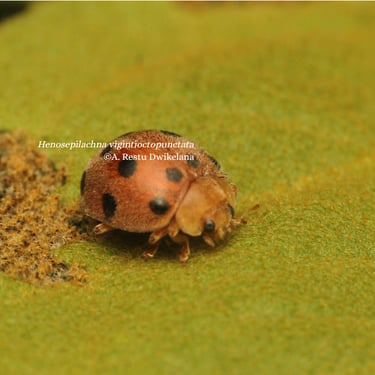
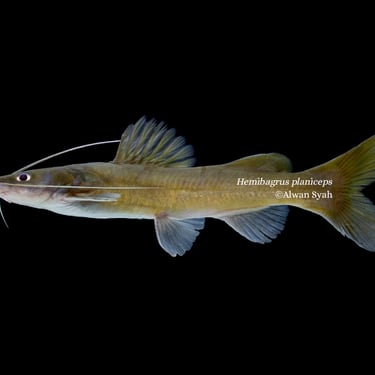
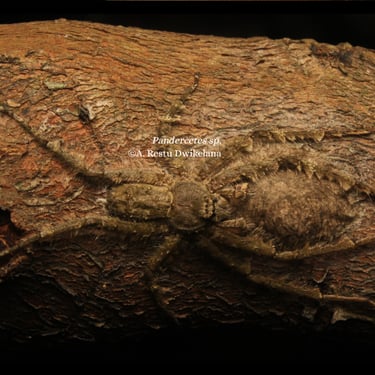
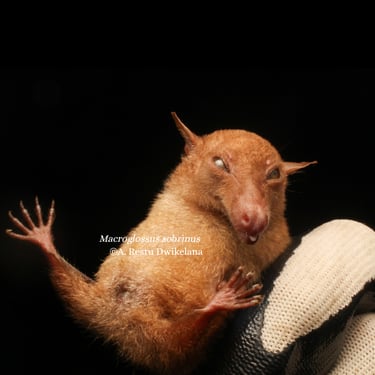
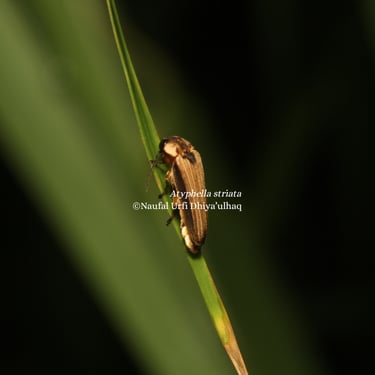
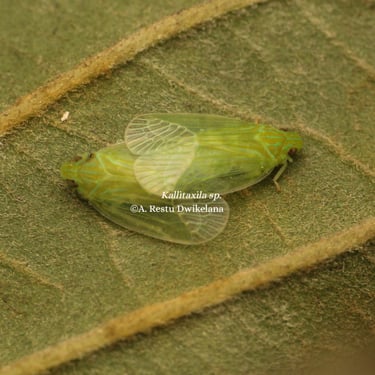
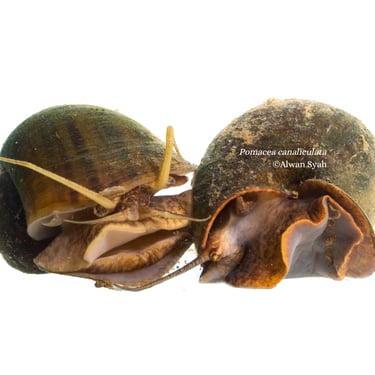
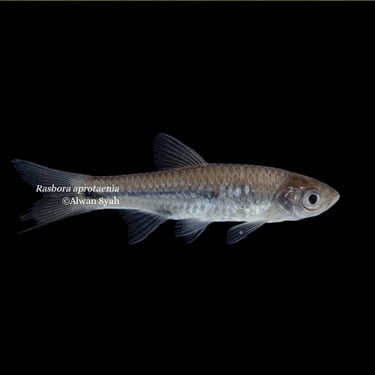
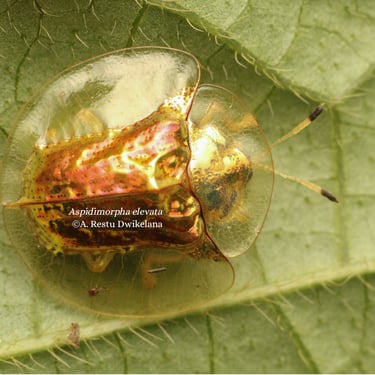
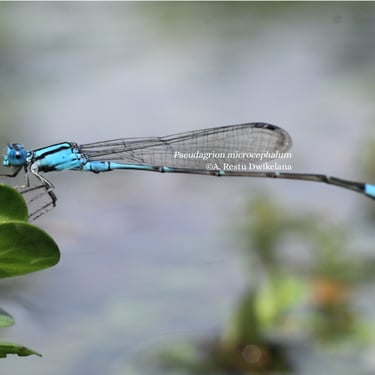
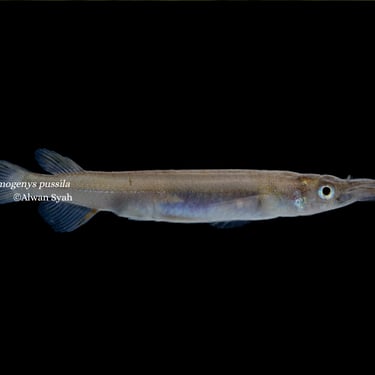
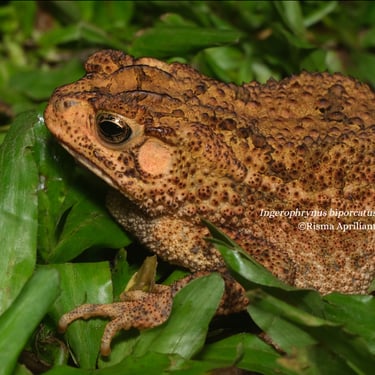
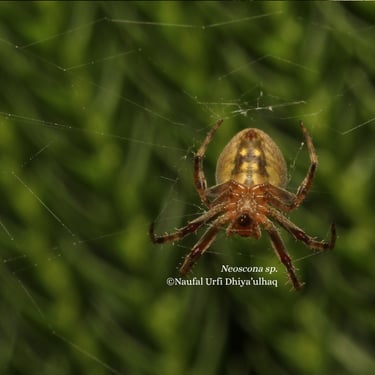
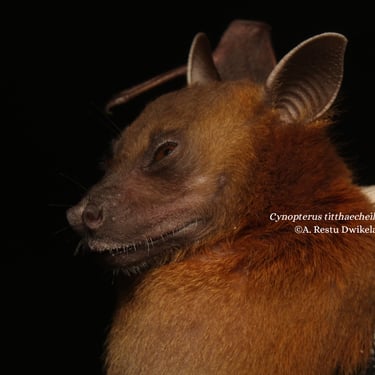
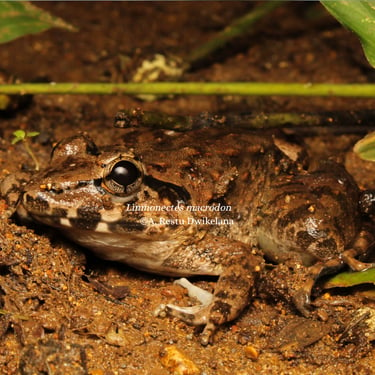
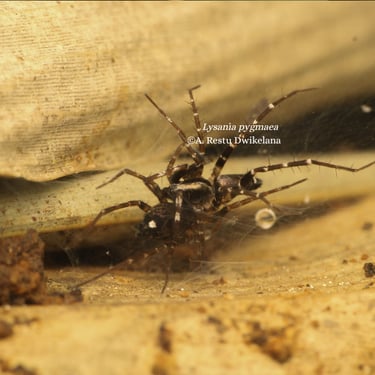
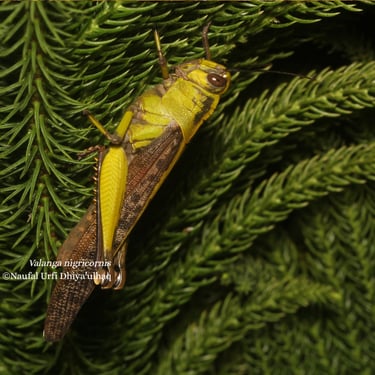
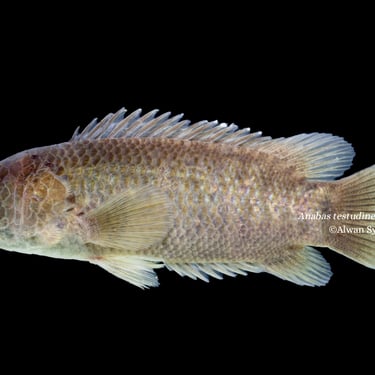
Henosepilachna vigintioctopunctata
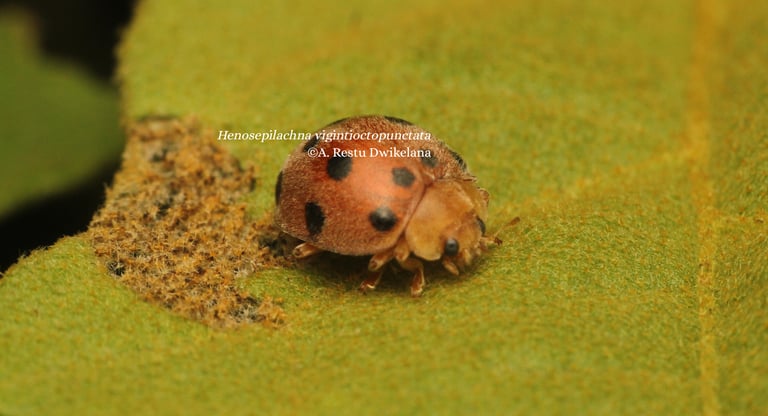

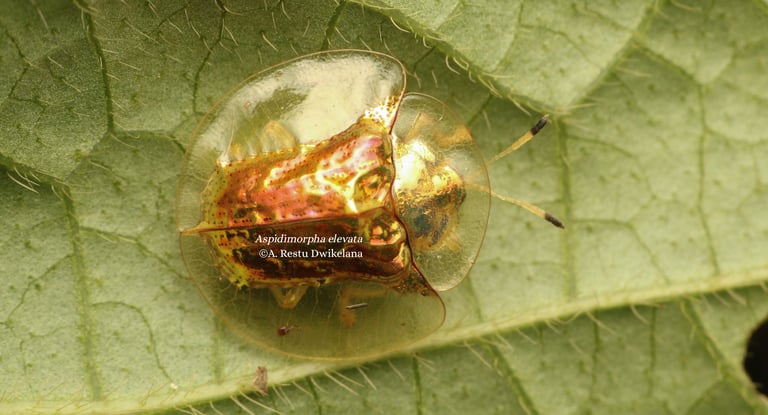

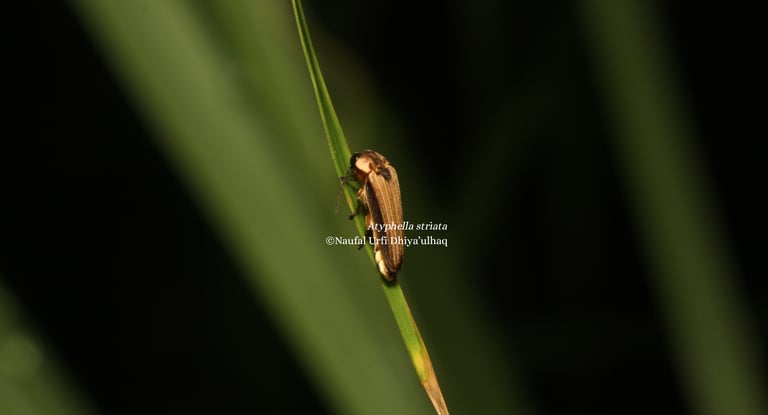

Unlike the ladybirds that people are familiar with, this species belongs to the herbivorous ladybug group (tribe Epilachnini). Both adults and larvae feed on plants, most commonly those in the potato family (Solanaceae) but also on legumes, spinach, turnips, etc. At high enough numbers, this species can cause serious damage to agricultural crops and is thus commonly considered as pest. At Batoo, they can be seen munching on the leaves of the takokak plant (Solanum torvum).
Aspidimorpha
elevata
Atyphella
striata
One of the species collectively known as "golden tortoise beetles". They are called as such due to metallic golden coloration and the flat expanded edges of the pronotum ("neck shield") and elytra (hardened forewings) which cover the head and legs. Larvae carries a fecal shield which protects it from predators and harsh environment. This species feeds on plants in the morning-glory family (Convolvulaceae) such as sweet potato (Ipomoea batatas).
A peculiar species of firefly endemic to Sumatra and Java, easily recognized by the striated pattern of the elytra with a black spot at the front. At Batoo, it is the only of fireflies that we found so far, where it can be seen flashing during nighttime near the water drains and swamps. The larvae feeds mainly on small snails.


Hemibagrus nemurus
The Asian redtail catfish or "baung" (Hemibagrus nemurus) and "senggal" (H. planiceps) are catfish relatives that live in Southeast Asian rivers. According to Ng & Kottelat (2013), the two species are rarely found in the same river section. However, specimens in the Cisadane River were found in close proximity.
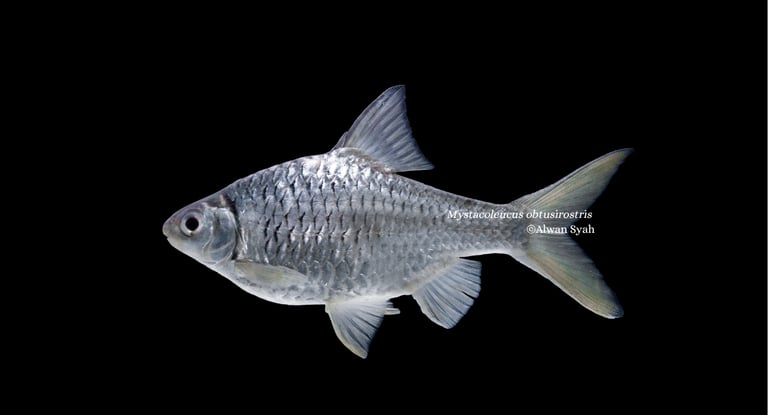

Mystacoleucus obtusirostris
"Regis" or blunt-snout barb are relatives of the carp (Cyprinidae) found in fast-flowing rivers from South China to Java. Aquarists report that Regis are intolerant of organic pollutants and excessively stagnant water.


Pomacea canaliculata
The golden apple snail is a non-native species native to South America and listed as one of the 100 World's Worst Invasive Alien Species. It is a rice pest and outcompetes native Javanese snails; it was originally released into Indonesia as an aquarium commodity.
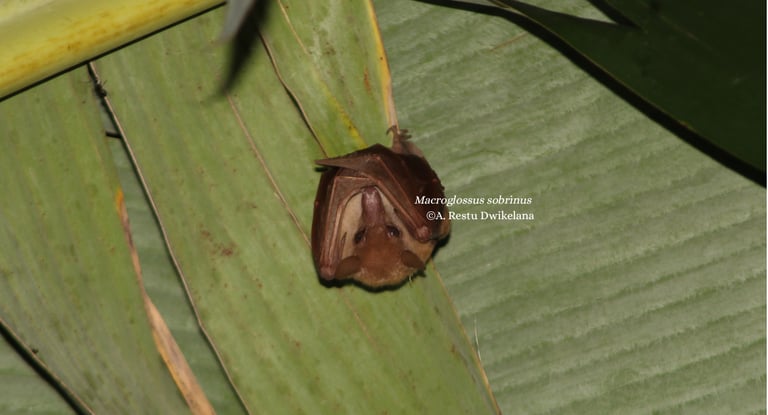

Macroglossus sobrinus
The long-tongued fruit bat is a nocturnal (active at night) relative of the flying fox. This species feeds on nectar, particularly banana flower nectar. Its wide range includes several countries in Asia, including Cambodia, China, India, Indonesia, Laos, Malaysia, Myanmar, Thailand, and Vietnam.
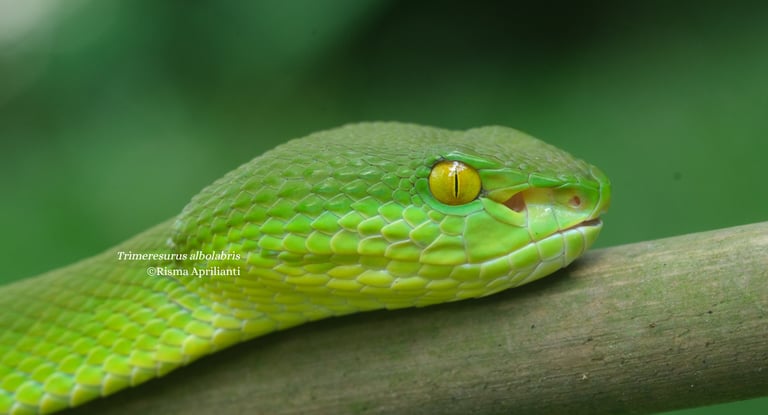

Trimeresurus albolabris
The white-lipped pit viper, or white-lipped tree viper, is a venomous pit viper species endemic to Southeast Asia. It has a distinct red tail tip with green body coloration that helps it camouflage itself among green shrubs and low trees. Be cautious when you are walking among the bush.
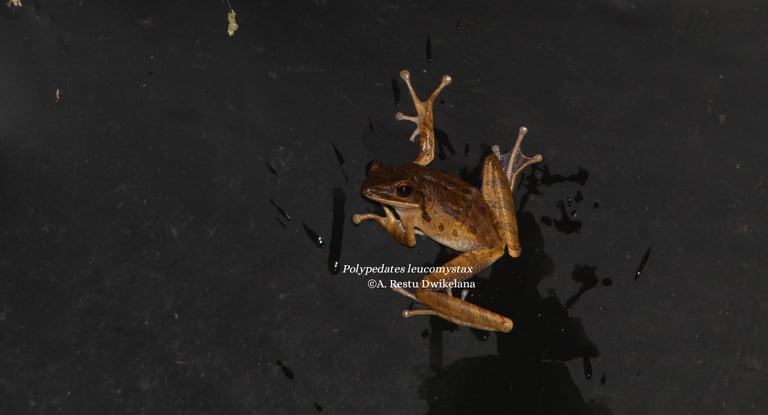

Polypedates leucomystax
Known by many names, including the Common Tree Frog and the Four-Striped Tree Frog, this nocturnal species builds foam nests in vegetation near the water's surface. Tadpoles develop hidden within these foam nests until they are large enough to fall into the water and begin an aquatic life. This species is highly adaptable, thriving in both natural habitats and peri-urban ecosystems.

Contact Us
Jl. Duren 1 No.2 RT003/RW009 Depok, Jawa Barat 16434, Indonesia
© 2024 Species Obscura Registered Non-profit Nomor AHU-0001312.AH.01.04.Tahun 2025
Privacy Policy






